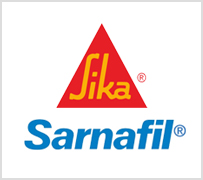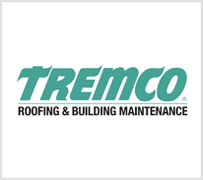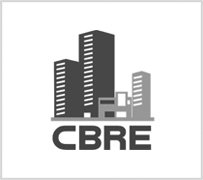
Home / News / Roofing after a Hurricane or Severe Storm

It seems that Mother Nature is unleashing her fury more often these days. For those of us who love the power of wind, lightning and thunder, the storms are exciting. Unfortunately, the aftermath of such storms also means roof damage.
Know the Roofing Codes
In coastal states where hurricanes are likely, building code requirements are different, and much stricter, than landlocked states. For instance, Florida has some of the strictest building and roofing codes in the country. Each section of code is related to a certain installation condition (or roofing material) and requires specific installation techniques. In addition, there are codes for high velocity hurricane zones (HVHZ) and non-HVHZ codes. Even land-locked states in tornado prone areas may have unique codes to help prevent damage as much as possible. So before deciding on how to repair storm damage or putting a roof on a new build, know the code.
Professional roofers, with years of experience will know the code and provide great advice and feedback to homeowners, but more importantly to business owners and building managers who are truly scrambling after the storm passes. A business without a roof is unable to function and is not only having to pay for the repair, but also losing money for every hour the doors remain closed.
A Solid Foundation
Strangely enough, roofing failures (rather than roofing material damage) are the largest category of hurricane losses. Roof failure most often occurs because the wind slams into the side of a building and rockets toward the roof overhang and lifts the roof from the structural walls. Recently, a severe storm lifted the roof off of the Burton Barr Central Library in Phoenix, causing the sprinkler system to rupture. It is taking the City of Phoenix nearly 8 months to figure out how to repair the roof (and reopen its doors) so it won’t happen again.
Wind driven lift can be prevented by making sure the roof has a solid foundation to hold onto. This means…
Reinforce Your Roof
Commercial and industrial property managers need to know the wind resistance limits of the materials available. For example, for asphalt shingles, manufacturers offer wind resistance limited warranties for winds of between 90 and 120 mph. Hurricane Irma’s maximum wind gusts were between 130 and 143 miles per hour. Concrete tiles are rated to withstand winds of 125+. Metal roofing is similar.
No matter what roofing material you choose, the key is proper installation and reinforcement. While metal roofing provides the most protection against wind-related damage as compared to other roofing materials, it only works if it is installed properly. And reinforcing your metal roof can decrease the likelihood of damage — particularly if your structure is located in a hurricane-prone area. Reinforcements can include overlapping sturdy materials on top of your roof, such as adding heavier metal panels or two-by-fours for added strength
In the case of single-ply roofing, common on commercial and industrial buildings, membranes that are fully adhered are less likely to take damage than membranes that are mechanically attached or loose-laid air pressure equalized. In addition, your roofing contractor should ensure that the flashing and coping are made of corrosion-resistant metal (aluminum). The flashing should be securely fastened with screws, concrete spikes or a continuous cleat.
Roof Shape
Some roof shapes are more aerodynamic than others, allowing wind to pass more freely over or around. A roof that has multiple slopes (hip roofs with four slopes) hold up better under high winds than do gable roofs (two slopes). In addition, there are a few aerodynamic features that can help alleviate wind load. For instance, installing a central shaft will create a connection between the roof ridge and the internal space in the area where the largest depression is located. The shaft helps to balance the pressures and reduce wind load.
Be Vigilant
Storm damage may not show up immediately. More often than not, you’ll catch issues from the inside before noticing them outside. Be on the lookout for spots and stains, peeling paint, damp areas and more. These are indicators that a storm has caused damage that should be addressed immediately.
Note: Roofing codes in each state differ, and each roof is unique. The information in this article is general advice. For specific details relating to your roof, talk to a professional roofing company with experience in the field. A professional roofer will know the roofing codes and be able to provide you with solid advice when making repair or replacement decisions.











